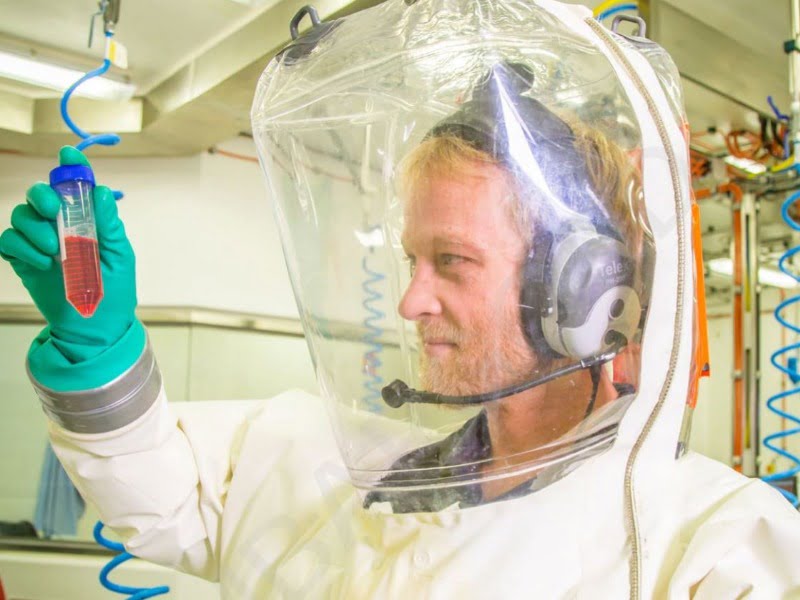The CSIRO’s COVID-19: Recovery and Resilience report published earlier this month is a great summary of the role of science and technology in creating value, and in identifying the areas of opportunity in Australia for driving the economic recovery.
Written by the CSIRO Futures team, the report is literally a summary and amalgamation of a series of publications that have come out of the national science agency in the past couple of years, including its flagship National Outlook.
The CSIRO broadly explores the opportunities across six industry areas: Digital, Energy, Food and Agribusiness, Health, Manufacturing, and Mineral Resources.
These areas generally map to existing national priorities, and to Australia’s thinking on where we believe have at least some kind of competitive advantage.
What’s interesting is the treatment of the two horizontal sectors of manufacturing and digital. In both areas, the report rightly points out have the potential to cut across the other industry verticals and add tremendous value.
But where the public debate about economic recovery has heavily leaned toward manufacturing and the urgent need to build sovereign capability across lots of different supply chains, there seems a much lower priority given to the other horizontal sector of information technology (or more loosely described in this report digital.)
To those in the ‘tech’ sector – most specifically the software sector – this thinking is a bit of a head-scratcher. Of course, the application of software and other digital tech has the potential to add enormous value across almost every industry vertical across the economy.
This can be done by simply being enthusiastic and sophisticated users of this technology, just as Australians have always done. Taking best of breed tech from around the world and applying it to our needs.
But this is surely only half the story. Surely, we should also apply ourselves as a nation to building Australian tech companies, building sovereign capability and sovereign capacity across the information supply chain.
Only focusing on becoming expert users of imported technology and software tools leaves a tonne of value and wealth creation potential unrealised.
CSIRO Futures lead economist Katherine Wynn said the main point of the report was to highlight science and technology’s role in 2020 is not just in the immediate health response, but also in terms of the medium- and long-term recovery.
“We also wanted to convey that there are opportunities for companies big and small to leverage science and technology, and that all of the opportunities that we have identified have realisable economic impacts,” Dr Wynn said.
“[This is in] increased jobs, increased productivity and cost efficiency as well as additional revenue for existing and new products. Targeted science and technology investment is a key foundation for growth.”
Dr Wynn said the reason manufacturing was standing out in the national conversation about the economic recovery is because of its potential as a horizontal underpinning for growth in other sectors.
“We see a huge opportunity to build local capability and to add value, jobs and revenue-earning potential for Australia’s other growth sectors,” she said. “Think about things like pharmaceutical production, food and beverage manufacturing, mineral resource processing, as well as in areas like space and defence.”
In the digital sector, the report does not look at whether Australia should be building local, versus importing tech and does not have a section on digital sovereign capability.
But it does look at the opportunities for business to better utilise and monetise the data they already collect, as well as “generating and sharing more data.”
“We really see digital technology being supported by science and technology enablers such as AI, robotics and high-performance computing.”
The COVID-19: Recovery and Resilience can be downloaded here.
Do you know more? Contact James Riley via Email.

